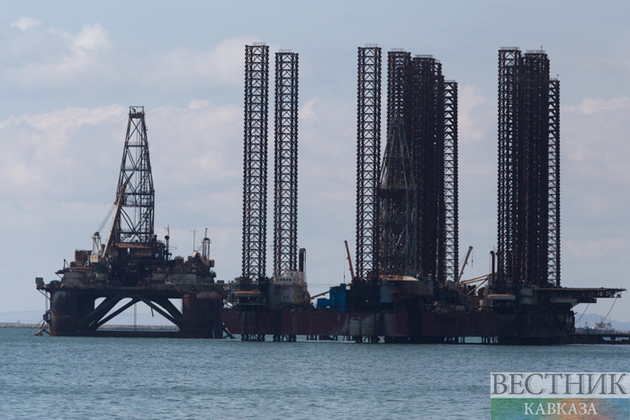Even the recent OPEC report, in which the global oil group cut its demand predictions for Q2 2021 by more than 690,000 bpd, seemed unable to alter price assessments. Bullishness stemming from the OPEC+ production cuts continues to rule the market, with analysts happy to assume that the cartel will remain optimistic in its assessment of H2 2021.
Yahoo!Finance reports that with oil prices hovering around $70 per barrel and some analysts even suggesting that the fabled $100 per barrel is within sight, it seems all sense of realism has been lost. Brent is set for its eighth straight week of gains, and the market is happy to all but ignore the fundamentals.
Analysts seem convinced that demand recovery in H2 2021 is a certainty. If you were to ask them what that assumption is based on, there is no specific answer but rather a reference to ‘sentiment’. Biden’s recent announcement that Americans could be having barbecues with their families on the 4th of July, that sentiment is only growing stronger. Additional financial support schemes around the world are adding to this sentiment.
In fact, oil prices seem to be more closely linked to the cash injections being given out around to world than to historic fundamentals. However, as we all know, “there’s no such thing as a free lunch”. These financial injections are going to come at a cost. No normal economy can continue to spend as its income continues to fall. At the end of 2021, a major rebalance in payments can be expected, and there will be many losers.
In the coming months, demand is expected to weaken slightly, as highlighted in OPEC’s recent report. The bullish sentiment in oil markets seems based on the period after summer though. Strong demand in the second half of the year will depend on successful COVID vaccination schemes and a decrease in global lockdowns. If the optimistic predictions of a successful summer fight against covid don’t come true, oil bulls are set to be slaughtered.
When looking at current price settings, hovering around $70 per barrel, and plenty of bullish sentiment amongst analysts, observers should be worried. In a normal situation (pre-COVID), price increases as we have seen in recent months always lead to two main reactions. First, parties will take their profits, then others will look to get into the market. The current stability on the supply side is purely cosmetic. OPEC+ unexpectedly decided to roll-over its existing agreements for another month. Saudi Arabia is still supporting its unilateral 1 million bpd cut, while others are keeping to their existing commitments. Non-OPEC producers Russia and Kazakhstan were allowed to increase their production slightly.
Media reports have all been very positive about the decision in Vienna last week, painting it as proof of the internal stability of the cartel. But that analysis fails to address the growing internal pressure of major OPEC and non-OPEC producers to increase their own volumes in the coming weeks or months. $70 per barrel is a very enticing level to increase production, and cash is needed throughout OPEC+. OPEC+ producers have lost trillions of dollars in the past year, and now they have the ability to make up for that loss.
At $70 per barrel, producers not controlled by OPEC+ are also looking to boost production. Profit margins of $10-15 per barrel are too high for most producers to ignore. JP Morgan’s recent assessment suggests that U.S. shale is going to be bringing more production online soon. There are also reports that the real OPEC+ compliance rate is different from the official quotas. Market analysts should be keeping an eye on Saudi Arabia, the UAE, and Russia. It is likely that all three markets are already producing more crude than is being reported. Internal demand for crude is also playing a key role in these countries maintaining compliance. In Saudi Arabia, for example, Aramco’s latest refinery project will account for 300-400K barrels per day. Both US shale and Libyan production are certain to increase if price levels are kept at around $70 or higher. Greed is the blood of capitalism, and the oil and gas market has some of the most tempting profit margins out there at the moment.
While optimism may be ruling the market right now, bearish sentiment could flood back into oil markets very soon. At current prices, supply is certain to increase, while demand is far from guaranteed. It is too early to call it a bear market, but observers should be wary of being overly optimistic when the fundamental balance of the oil market remains decidedly delicate.






